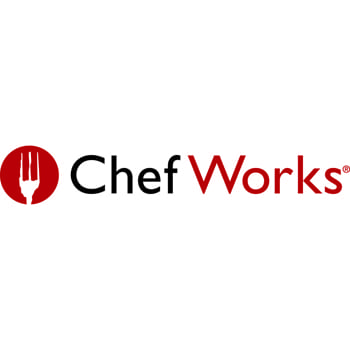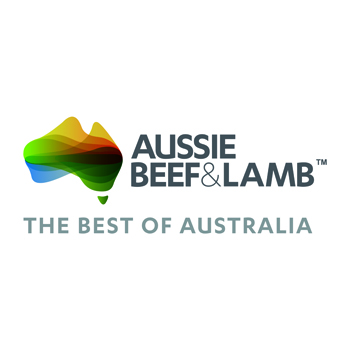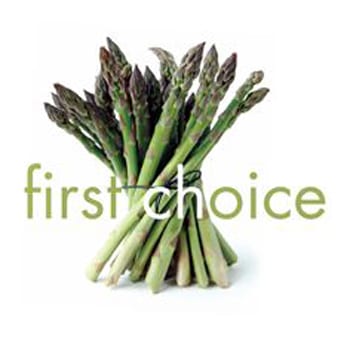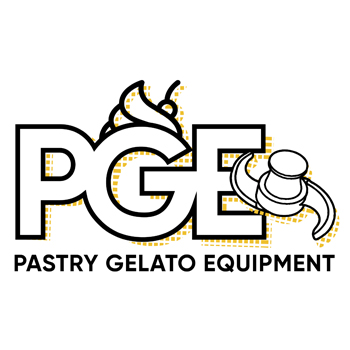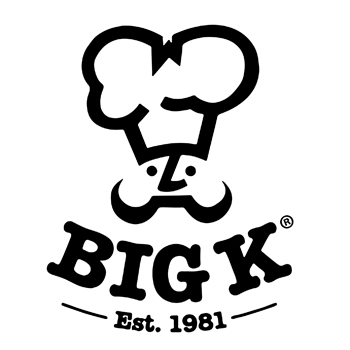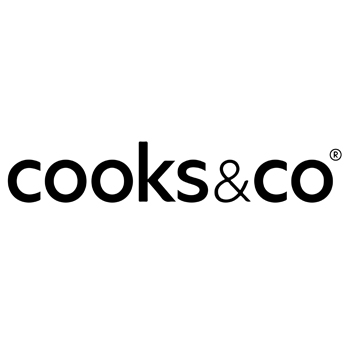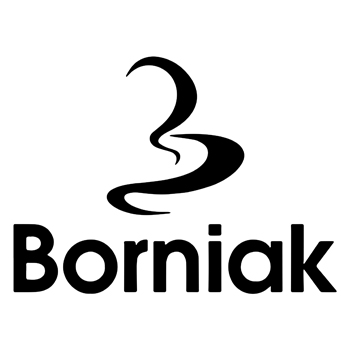How I’m Coping with Inflation & Cost of Living

Tony Rodd, former Masterchef finalist and co-owner of Blackheath’s Copper and Ink restaurant spoke to our editor Chandos Elletson about dealing with inflationary pressures and the demands of customers who are fighting the cost-of-living battle on a daily basis.
“Here’s a recent example of the sort of thing I’m dealing every day,” Tony Rodd told me recently. “I buy gluten free breadcrumbs from a supplier and I pay COD, cash on delivery. 12 months ago my order cost £37. Today, I’ve just paid £51. That’s a nearly 40% increase in the cost of a non-essential ingredient. An ingredient that makes up part of a dish.
“Over the last 9 months every one of our suppliers has told us that they are having to put up their prices. Over the same period, we haven’t changed our prices at all. We can’t. Out customers won’t accept increases. They can’t afford them. So, where does that leave us? Something had to change.”
Tony Rodd’s challenge is the same one being faced by multiple small businesses up and down the country. Horrendous price increases across the board from energy to ingredients and staff costs. It’s a wonder that any restaurant can survive these inflationary increases.
“We’re still open, we’re still busy,” Rodd said. “It’s all down to a shift in the way we do business. We couldn’t carry on in the same way. We have to change, to adapt. In the end it was quite a simple choice.
“One thing we noticed was that our regulars were eating out less and drinking less so we changed with it. We went to a nine-item menu; 3 starters, 3 main courses and 3 desserts. We have a seven-course tasting menu. We are now running, cut leaner. We’re down £10-15k a year and our mortgage is going up later in the year. We’re not making money, but we are staying afloat and that’s all I can ask at the moment.
“We found that business remained popular on Friday and Saturday, but we were dead on Wednesdays and Thursdays. So, we shifted the weekend to tasting menu only because our regulars were ordering two a la carte courses and we were losing money.
“At first there was some resistance until I explained that they could come in on a Wednesday and Thursday and eat cheaper if they wanted. And that’s what happened. Now we are busy on the weekends with tasting menus, which are popular and busier during the week with a la carte which brings in much needed revenue. It’s working.
“None of this would have come about if I didn’t talk to my customers on a regular basis and found out how they were doing and how we could fit into their dining out plans. This conversation has helped them understand how we work and we have learned more about what they want and are prepared to pay for. This is crucial in today’s market.
“In lockdown I talked to our landlord every week on Zoom and over a period of months we found a way of working. I never missed a payment and in return we negotiated our lease down to something that we could afford. It has become a key relationship.
“I would urge every restaurant and chef to talk to suppliers and landlords as often as possible if you are struggling and also to you customers. Get to know them. Get to know what they want and what their limits are. Nothing can be taken for granted at this time. You have to fight for every customer but they will remain loyal to you, if you are loyal to them and they understand you are trying your best.”

